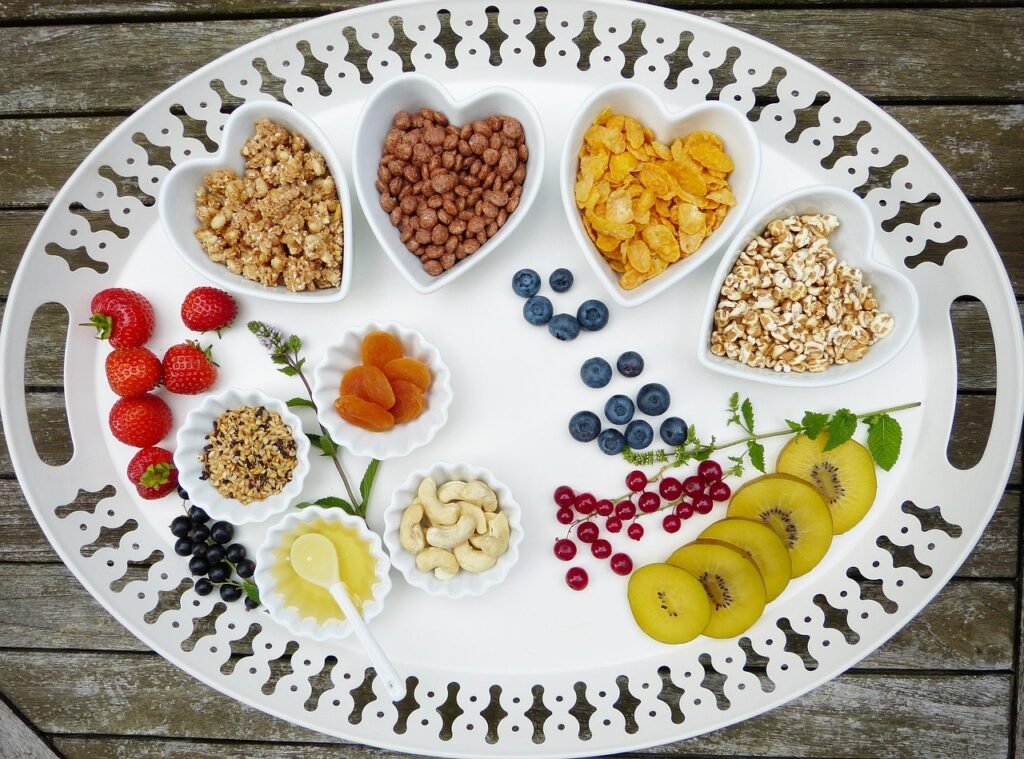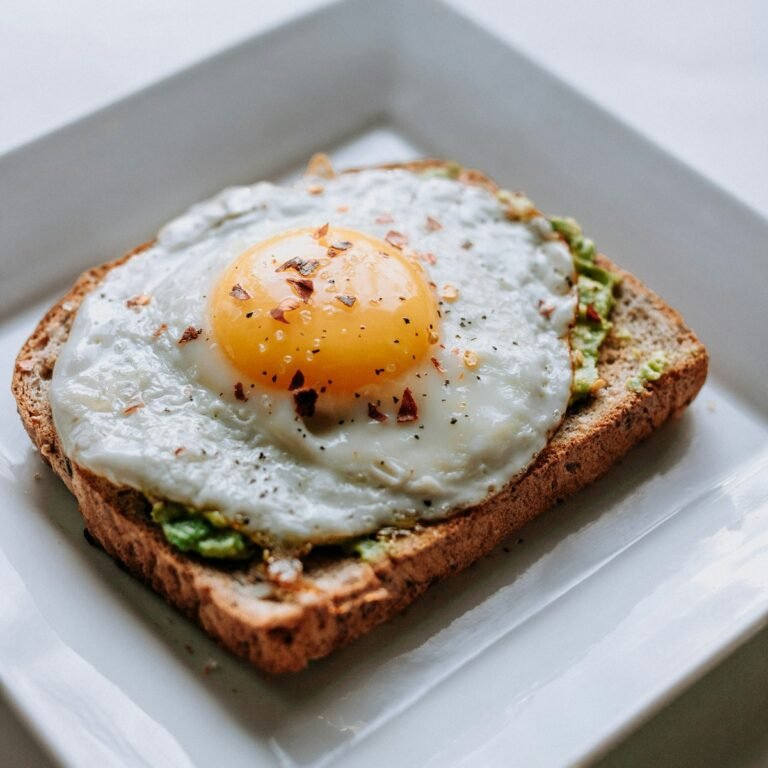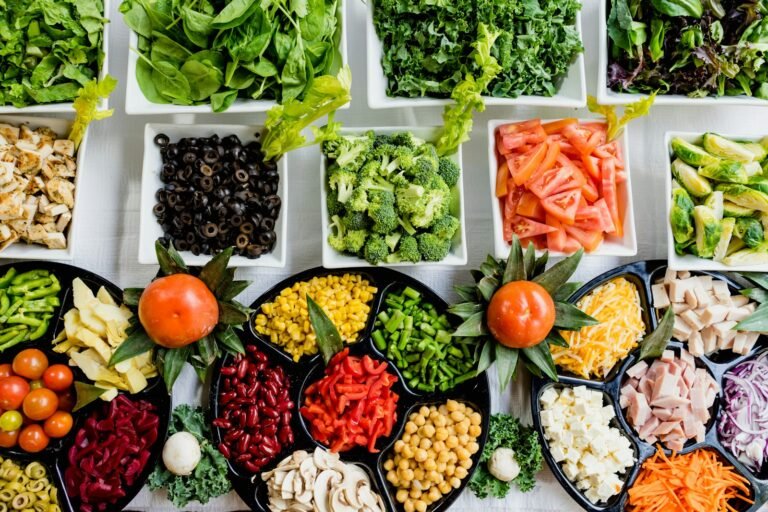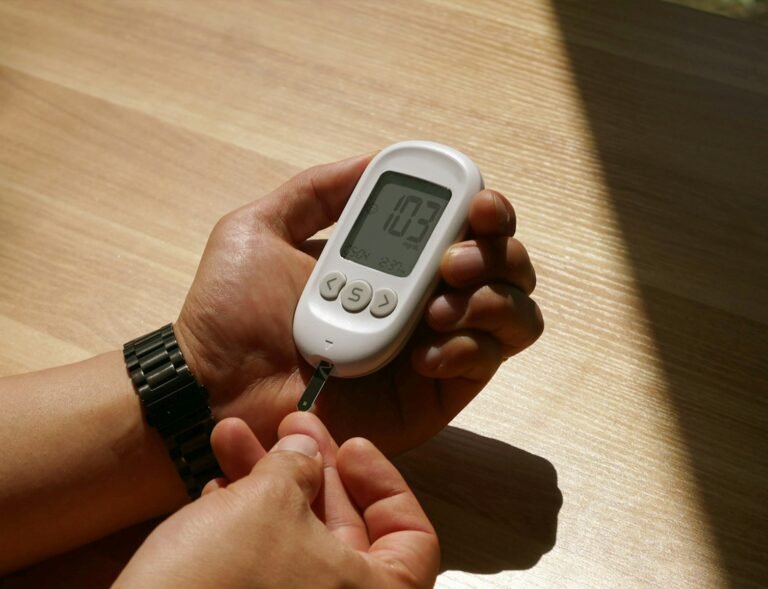Your simple guide to smarter carbs, balanced energy, and better blood sugar.
What Is the Glycemic Index?
The Glycemic Index is a scale from 0 to 100 that ranks carbohydrates based on how quickly they raise blood sugar after eating. The lower the number, the slower the digestion. That means more stable blood sugar, steady energy, and fewer cravings later.
| GI Range | What It Means |
|---|---|
| Low (55 or less) | Slow digestion, gradual blood sugar rise |
| Medium (56 to 69) | Moderate effect |
| High (70 or more) | Rapid spike in blood sugar |
Why Glycemic Index Matters for Your Health
Eating mostly high-GI carbs can lead to:
- Blood sugar spikes and crashes
- Constant cravings
- Insulin resistance
- Higher risk of type 2 diabetes
Choosing more low-GI carbs helps:
- Keep your blood sugar steady
- Support consistent energy
- Improve insulin sensitivity
- Make weight management easier
If you are looking for more balance without eliminating carbs, focusing on GI is a great place to start.
How to Choose the Right Carbs for Blood Sugar Control
You do not need to memorize every number. Just use these simple strategies to build smarter meals.
1. Choose Whole and Minimally Processed Carbs
Whole foods take longer to digest and usually have a lower glycemic index.
Great low-GI choices:
- Lentils, black beans, chickpeas
- Quinoa, bulgur, brown rice
- Sweet potatoes, rolled oats
- Berries, apples, pears
- Leafy greens and non-starchy vegetables
Carbs to limit:
- White bread and bagels
- Sugary cereals
- White rice and instant noodles
- Processed snacks and pastries
The more processed a food is, the faster it digests and the higher its GI becomes.

2. Pair Carbs with Protein or Fat
Protein and fat slow digestion and reduce the impact carbs have on your blood sugar.
Example:
Plain white rice digests quickly. But white rice with salmon and broccoli digests much more slowly and evenly. This simple trick works with every meal. You can do the same with fruit and nut butter, toast and eggs, or pasta with chicken and veggies.
3. Watch Your Portions
Even low-GI foods can spike blood sugar in large amounts. Stick to the “quarter plate rule” for carbs.
Fill half your plate with non-starchy veggies, a quarter with lean protein, and a quarter with fiber-rich carbs like sweet potatoes or brown rice.
4. Use High-GI Foods Sparingly
High-GI foods are not off limits. They are just better when used intentionally. Have them after a workout, in small amounts, or paired with fiber and protein. You can still enjoy favorites like watermelon, potatoes, or even pasta—just balance the meal so your blood sugar stays in check.
Quick Glycemic Index Chart for Beginners
Here is a simple reference for common foods:
| Food | GI Rating |
|---|---|
| White bread | 75 (High) |
| Brown rice | 55 (Low to Medium) |
| Rolled oats | 55 (Low) |
| Watermelon | 72 (High) |
| Apple | 38 (Low) |
| Sweet potato | 44 (Low) |
| Banana (ripe) | 62 (Medium) |
| Lentils | 32 (Low) |
| Pasta (al dente) | 45 (Low) |
| Popcorn (plain) | 65 (Medium) |
Save this chart for easy shopping or meal planning.
What About Glycemic Load?
Glycemic Load (GL) takes into account both the quality of the carb and how much of it you eat. For example, watermelon has a high GI but low glycemic load in normal serving sizes because it is mostly water. So yes, GI matters—but portion size and meal balance matter just as much.

Final Thoughts
The glycemic index is not a diet. It is a tool that helps you make smarter food choices and create meals that support your energy, mood, and long-term health.
- Stick with whole foods.
- Pair carbs with protein or fat.
- Watch portions.
- Be mindful of how foods make you feel.
The result is less guessing, fewer crashes, and more control over your plate.
Want help planning meals with balanced carbs?
Download our free 7-Day Blood Sugar Meal Plan and get simple recipes that keep your energy steady.
Want more tips like this?
Join our newsletter for weekly advice, recipes, and tools that support blood sugar health without overwhelm.









